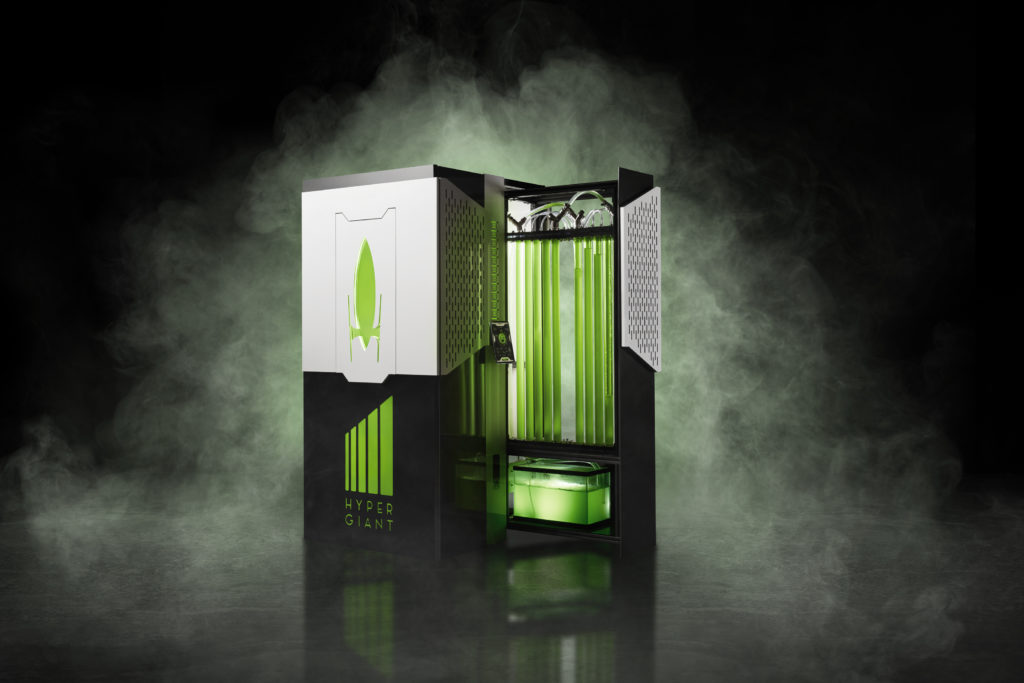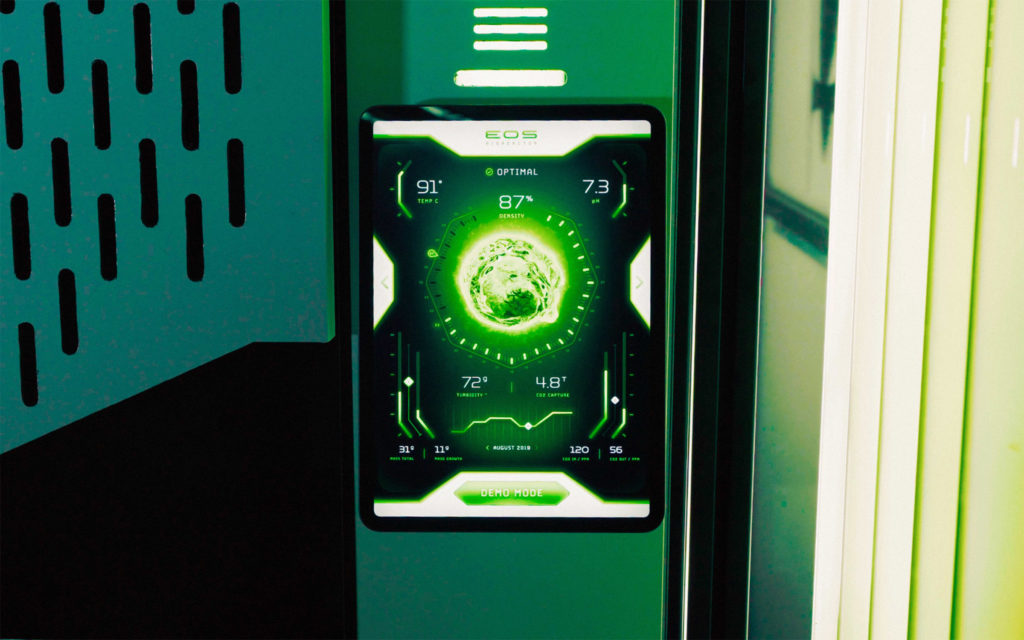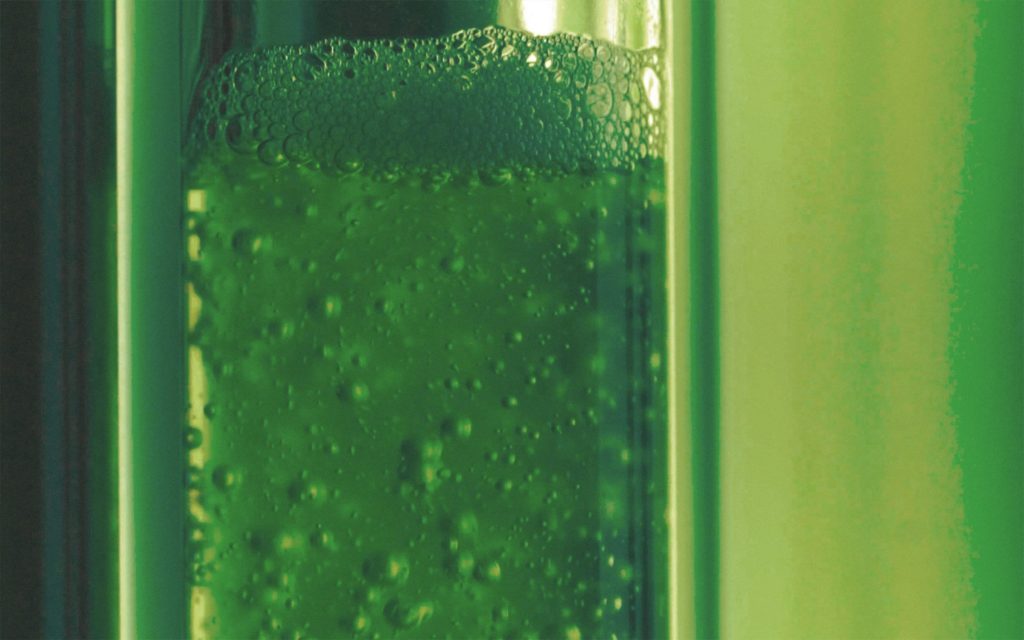Could This Bioreactor Help Solve Our Global Warming Problems?

Architects: Showcase your next project through Architizer and sign up for our inspirational newsletter.
Hypergiant Industries, an American technology company that offers artificial intelligence products and services, has developed a device that is 400 times more effective at capturing carbon than trees by using algae. Called the Eos Bioreactor, it demonstrates Hypergiant’s approach to combating global warming, a phenomenon due in large part to the presence of surplus carbon dioxide in the atmosphere.

The prototype device operates through the natural process of biosequestration, which refers to the capture and storage of carbon dioxide in living organisms, such as plants and algae. Algae, in particular, is one of nature’s most efficient tools for carbon capture and sequestration. It requires carbon dioxide, light and water to grow, and as it consumes carbon dioxide it produces biomass, which can be processed to create materials, including carbon negative fuels, oils, fertilizers, plastics, textiles, high-protein food sources, cosmetics and more. Algae also doesn’t compete for the same arable land as agricultural crops, making it more dynamic in terms of where it can cultivate.
The Eos Bioreactor utilizes and bolsters the capabilities of algae through the use of artificial intelligence. By using machine intelligence, the device can constantly monitor and manage air flow, amount and type of light, available carbon dioxide, temperature, pH, biodensity and harvest cycles, which ensures the perfect conditions for maximum carbon sequestration.

The Eos Bioreactor’s A.I. system that optimizes growth of algae and carbon dioxide consumption
It works by first intaking carbon dioxide from the air, which is combined with artificial light and water to grow algae. The algae consumes carbon dioxide, allowing it to produce biomass that can be harvested and processed. Harvesting is completely controlled by artificial intelligence in order to maintain the perfect amount of algae needed to consume the most carbon dioxide. After the algae consumes 60-90% of the carbon dioxide and other pollutants found in the ingested air, clean oxygen-rich air is released.

The Eos Bioreactor measures 3’x3’x7’ and is intended for use in urban environments where it can fit within office buildings. Overall, this is a product that is more sustainable, efficient, manageable and smaller in size than previous bioreactor prototypes. Hypergiant’s long-term vision for the prototype is its integration into smart city programs, in which biodiesel, an algae byproduct, can provide fuel for a variety of other products and improve urban living.
Later this year, Hypergiant Industries plans to release blueprints for the Eos Bioreactor in order to inform and empower individuals to create similar devices. The company will also focus on using recycled ocean plastics to create the appliance. Further details regarding the product’s development will be announced in 2020.
All images via Hypergiant Industries
Architects: Showcase your next project through Architizer and sign up for our inspirational newsletter.
The post Could This Bioreactor Help Solve Our Global Warming Problems? appeared first on Journal.
, Nathaniel Bahadursingh, read more Journal http://bit.ly/2n50QkG
Yorumlar
Yorum Gönder